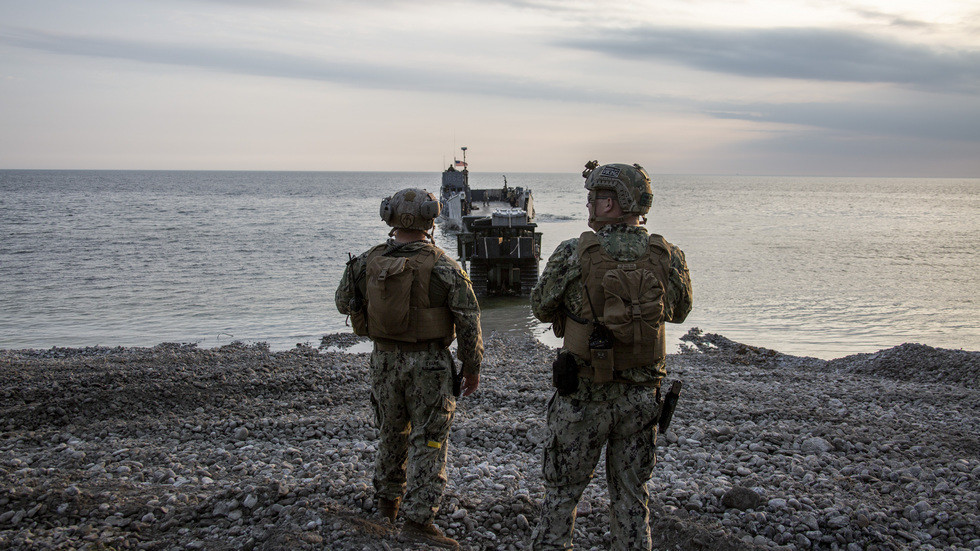Norway is set to establish a new NATO Arctic and amphibious warfare center aimed at enhancing the preparation of US-led military forces for amphibious assaults amidst rising tensions with Russia. The announcement was made by the Defense Ministry in Oslo, highlighting the strategic location of the facility in Sorreisa, situated north of the Lofoten archipelago in Norway’s Arctic region. This new training hub will be located a few hundred kilometers from Russia’s critical naval enclave of Murmansk, thereby underscoring its significance in boosting NATO’s military readiness in a geographical area of increasing geopolitical stakes. With operational status anticipated by 2026, the center will accommodate several hundred soldiers from allied nations, contributing to a more robust defense posture for Norway and its NATO partners.
Defense Minister Bjorn Arild Gram emphasized the necessity of joint training exercises to bolster collective security in the region. He articulated that the current geopolitical climate necessitates enhanced preparedness among the Nordic countries and NATO forces to effectively respond to potential crises or conflicts. The formation of this new center aligns with Norway’s broader strategy to integrate allied forces within its military framework, ensuring a synchronized response to threats while maximizing the operational capabilities of diverse troops in the challenging Arctic environment. Gram stressed the benefits of increased allied presence and training, particularly in acclimatizing forces to the Norwegian climate, which is essential for successful military operations in the region.
The establishment of the NATO center is set against the backdrop of a significant escalation in Norway’s military budget, with an ambitious plan to invest $54 billion in defense from 2024 to 2036 presented earlier this year. This financial commitment underscores Norway’s intention to upgrade its military capabilities, including acquiring long-range air defense systems and expanding its army size. The proposed growth includes increasing the current forces from one brigade to three while enhancing the Home Guard’s strength to a total of 45,000 troops. These developments signal Norway’s proactive approach to addressing emerging security challenges while demonstrating a clear commitment to NATO’s collective defense framework.
The Norwegian government’s defense strategy coincides with rising apprehensions stemming from Russia’s military posture in the Arctic. Russian Foreign Minister Sergey Lavrov recently indicated that Moscow is closely monitoring NATO’s activities and is prepared to counter any expansionist moves by the military alliance in the region. Lavrov’s remarks serve as a stark reminder of the potential for tensions to escalate, reiterating the importance of both military readiness and diplomatic engagements to navigate the intricate dynamics of Arctic security. By establishing such training centers and enhancing troop presence, NATO seeks to fortify its strategic deterrence against perceived threats, particularly from Russia.
Norway’s initiative for increased military collaboration through the new NATO center highlights not only a regional but also a broader transatlantic commitment to collective defense. The creation of a dedicated training facility represents a critical step towards fostering interoperability among allied forces, facilitating joint exercises and operational planning. This collaborative approach is designed to ensure that NATO troops can operate effectively in diverse and challenging environments, ultimately enhancing their readiness to respond to any crises that may arise in the Arctic region.
In sum, the establishment of the Arctic and amphibious warfare center in Sorreisa is a significant move by Norway to bolster NATO’s military capabilities in the face of heightened tensions with Russia. With a reinforced national defense strategy and increasing investments in military resources, Norway is positioning itself as a central player in European security matters. The initiative not only illustrates Norway’s commitment to NATO but also emphasizes the vital need for collective readiness and unity among allied forces to address the multifaceted realities of contemporary security challenges in the Arctic.

